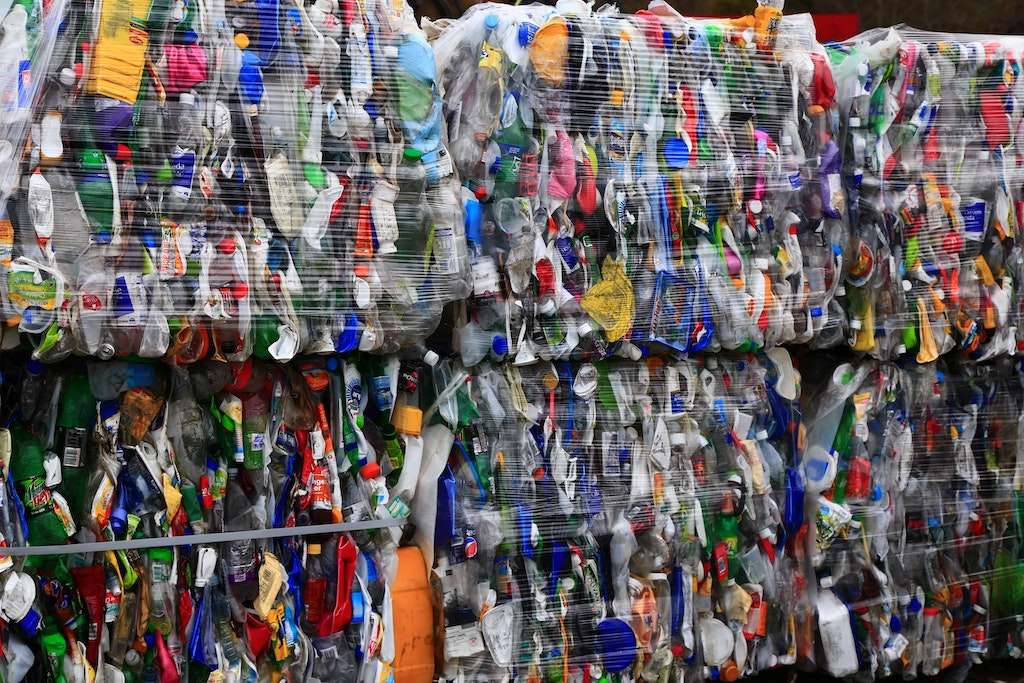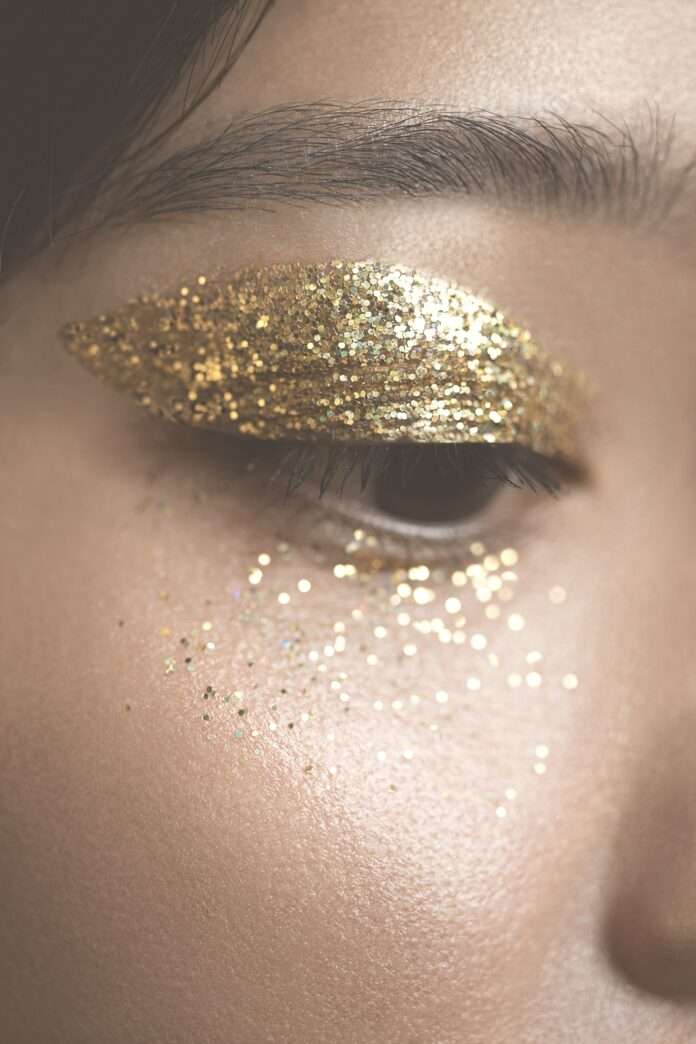The E.U. ban on glitter goes into effect today, and a new plan aims to address additional plastic pollution concerns.
As part of its efforts to become the first climate-neutral continent by 2050, the E.U. has released a comprehensive plan aimed at reducing plastic pellet pollution by 74 percent by the end of the decade. The announcement comes as its ban on glitter officially goes into effect.
The ban, part of the E.U. Green Deal, prohibits the sale of microplastics in consumer products, which includes those used in cosmetics and detergents. Not all forms of glitter are subject to the ban, however. The restrictions primarily target loose plastic glitter, typically used for crafting or cosmetic purposes. The ban applies to certain glitter types and uses, depending on the composition of the glitter, its intended purpose, and whether it is in a loose form, attached to an object, or enclosed within one.And glitter made from biodegradable, natural, or water-soluble materials is not listed in the ban; additionally, glitter enclosed within glass, such as snowglobe glitter, is also unaffected by the ban.
What is glitter?
Glitter is small, shiny, and widely used in various industries, including cosmetics, arts and crafts, and fashion. Glitter is typically composed of tiny pieces of plastic or metal, which are coated with a reflective layer, giving it its signature sparkling effect. This eye-catching material has been a favorite for adding a touch of glamour and festivity to a wide range of products, from makeup and nail polish to clothing and greeting cards.

However, beneath its shimmering allure, glitter has garnered attention for its environmental implications. The small size of glitter particles, often measuring just a fraction of a millimeter, makes them prone to spreading and persistence in the environment. As a result, glitter has come under scrutiny due to its contribution to microplastic pollution, which has adverse effects on ecosystems and poses potential risks to human health.
Virginijus Sinkevičius, E.U. Commissioner for the Environment, Oceans, and Fisheries, emphasized the importance of tackling pollution at its source. “What we are looking to do is basically ensure we drastically cut, at the source, pollution of microplastics,” Sinkevičius told The Guardian.
The problems with microplastics
Microplastics, typically less than 5 millimeters in size, have emerged as a significant environmental concern. These tiny plastic fragments can originate from various sources beyond glitter, including the breakdown of larger plastic items, the wear and tear of synthetic textiles, and the disintegration of microbeads in personal care products.
The issue with microplastics lies in their persistence in ecosystems and their potential to harm both wildlife and human health. Once released into the environment, microplastics can accumulate in soil, water bodies, and the food chain. They are ingested by aquatic and terrestrial organisms, making their way up the food web. This ingestion can lead to various adverse effects on wildlife, including reduced feeding efficiency, reproductive problems, and physical harm.

While the full extent of health risks is still being studied, there is growing evidence to suggest that microplastics can enter the respiratory tract and bloodstream when inhaled or ingested, potentially causing inflammation and other health issues.
Understanding the environmental and health implications of microplastics is crucial in addressing their presence and implementing measures to reduce their impact. The European Commission estimates that between 52,000 and 184,000 tons of plastic pellets are released into the E.U. environment annually.
As part of the E.U.’s broader goal to reduce microplastic pollution by 30 percent by 2030, the new plastic proposal includes measures for operators handling plastic pellets.
“There are lighter requirements for small and medium-sized enterprises to reduce the economic burden,” Sinkevičius said.
These new measures prioritize preventing spills, containing spills when they occur, and cleaning up spills that cannot be contained. Operators will be required to follow best handling practices and obtain mandatory certifications from independent third parties. Smaller operators will have more relaxed requirements to reduce the economic burden.
Without action, the E.U. says global microplastic pollution will double by 2040.
Related on Ethos:


